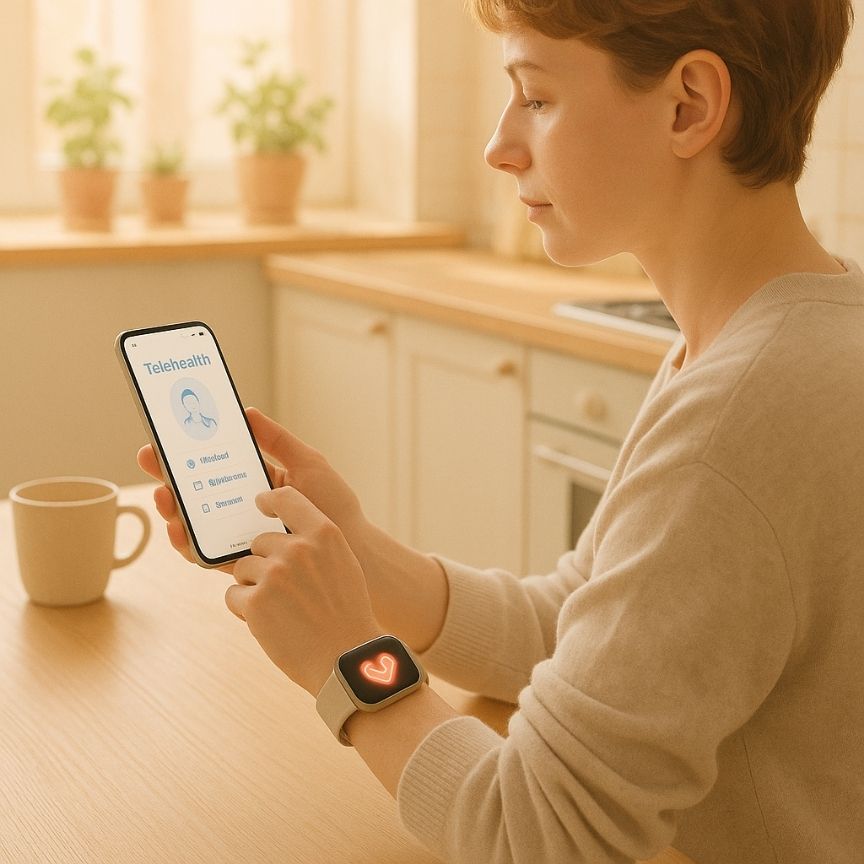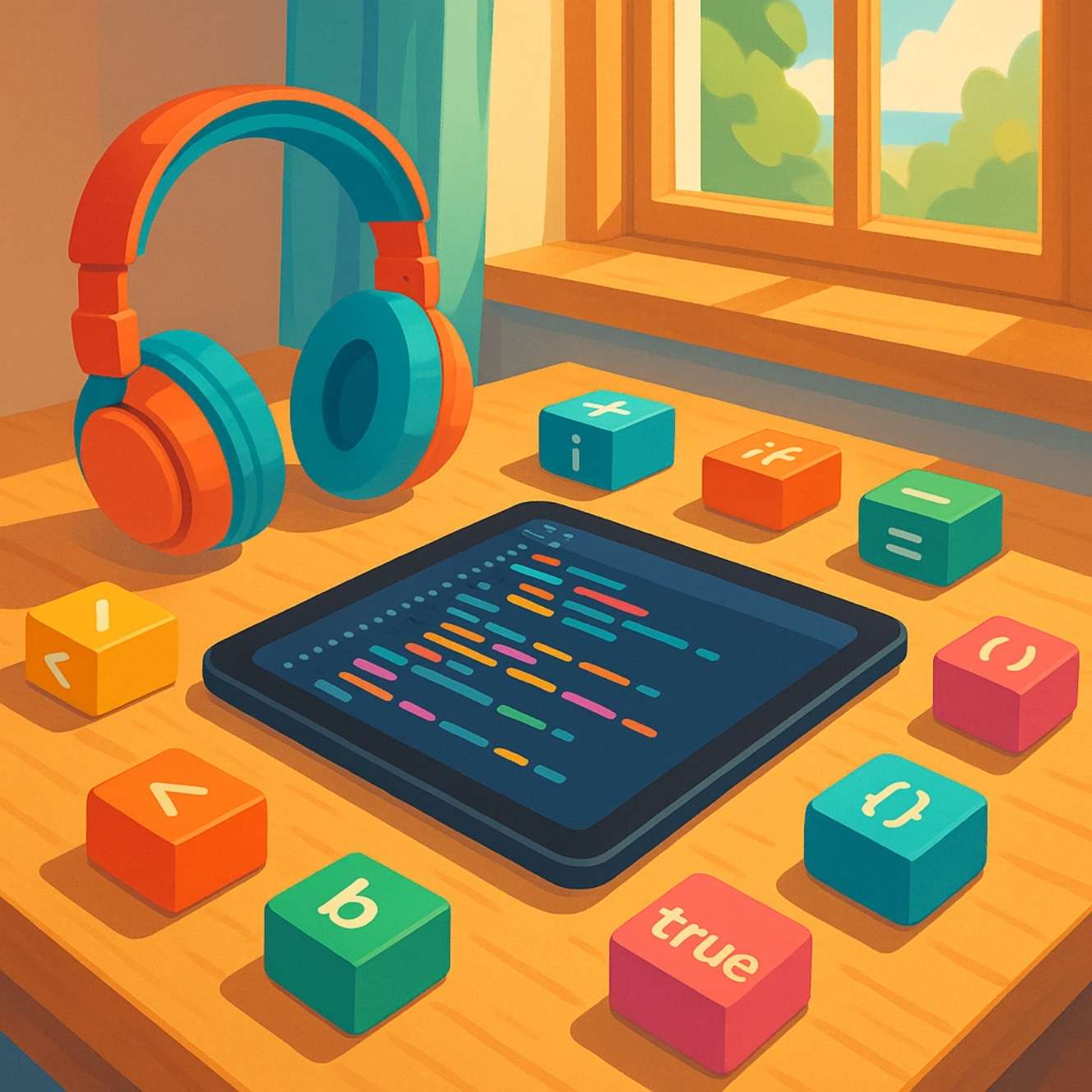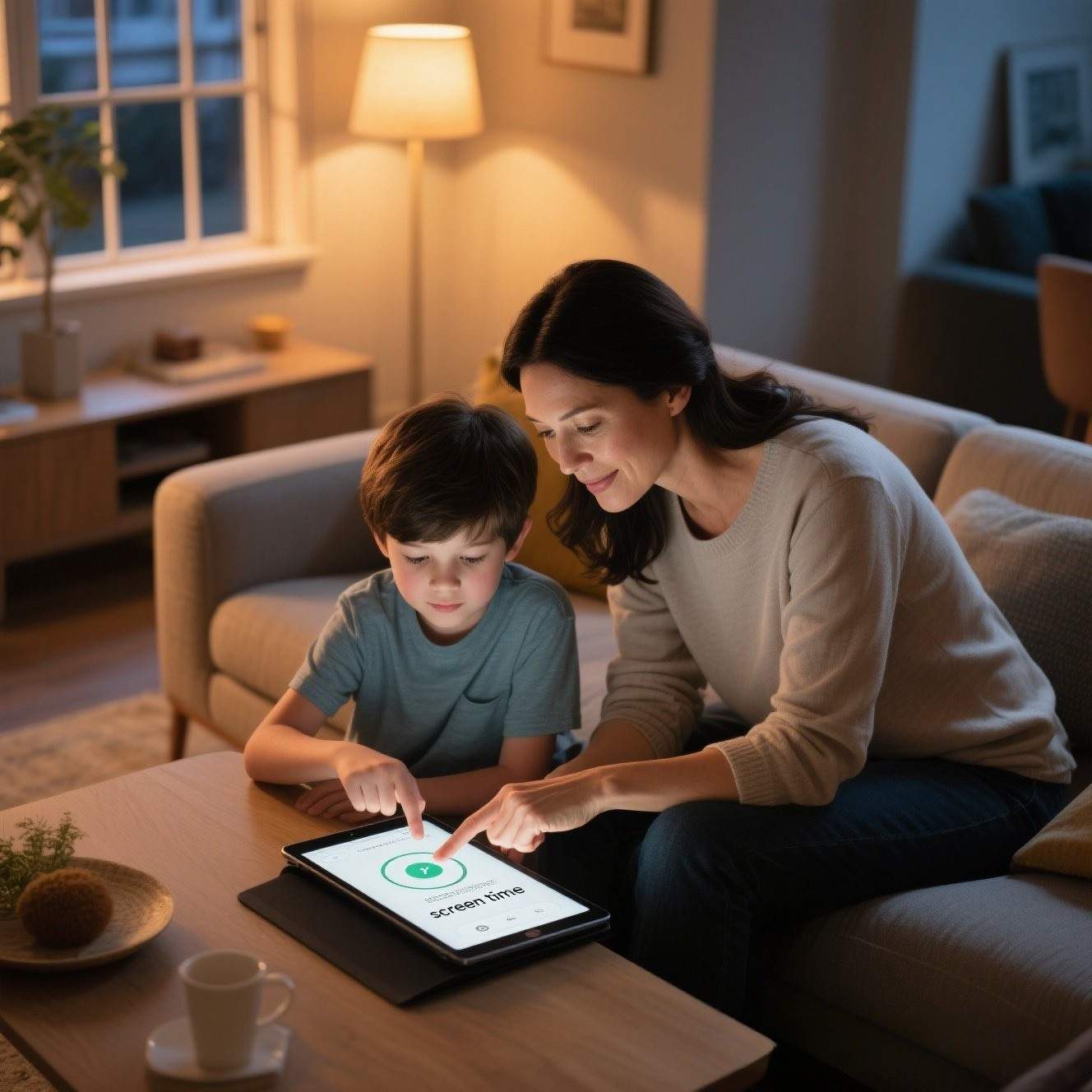Introduction
Screens are everywhere—from smartwatches that nudge you to stand up, to tablets that can transport you to the surface of Mars with a tap. Because they are so pervasive, most conversations highlight the negatives: sore eyes, distraction, or late-night doom-scrolling. Yet balanced usage can unlock remarkable upsides that often go unmentioned. This article spotlights five evidence-backed positive effects of screen time, exploring how digital interaction can enrich learning, relationships, creativity, wellness, and future-ready skills. By focusing on intentional habits instead of blanket limits, families, educators, and professionals can turn screens into tools for growth rather than sources of guilt.
1. Enhanced Learning and Cognitive Development
When lessons leap off the page and become immersive simulations, comprehension skyrockets. Educational apps now adapt in real time, matching a learner’s pace and presenting concepts through interactive puzzles, mini-games, and quizzes. This adaptive personalization helps children grasp fractions by slicing digital pizzas or understand gravity by adjusting a planet’s mass in a sandbox universe—activities that would be impossible with static worksheets.
Research from child-development journals shows that well-designed educational games can improve working memory, spatial reasoning, and problem-solving speed.¹ Moreover, video-based micro-lessons let students revisit tricky topics until mastery clicks, fostering a growth mindset. Adults aren’t left out; language apps gamify vocabulary retention with streaks and social leaderboards, motivating busy professionals to squeeze in five-minute study bursts between meetings. The cumulative effect is a more nimble, curious mind that links abstract ideas to tangible, multimedia experiences.

2. Strengthened Social Connections Across Distances
Whether it’s grandparents waving through a video call or a friend group coordinating weekend plans in a chat thread, screens shrink geography. Social platforms, when used mindfully, reinforce belonging by offering shared virtual spaces where conversations, jokes, and support travel instantly. For migrants and digital nomads, video messaging offsets homesickness with face-to-face nuance that text alone can’t capture.
These tools also serve marginalized communities by providing safe online forums to exchange advice and encouragement that might be scarce locally. In psychological studies, participants who use video calls to maintain long-distance relationships report higher overall relationship satisfaction and reduced loneliness.² The ability to react in real-time with emojis, gifs, or live streams lets personalities shine through, making connections feel vivid rather than diluted.

3. Creative Expression and Digital Literacy
Digital canvases invite experimentation without the cost of physical materials—one undo button can liberate budding artists from the fear of mistakes. From beat-making apps that transform finger taps into symphonies to graphic-design suites accessible in a browser, screens democratize creative outlets once gated by expensive hardware or formal training.
Younger users remix memes, shoot mini-films, or design virtual fashion items, all while absorbing foundational principles of color theory, storytelling, and user experience. This iterative trial-and-error accelerates skill acquisition; a teen who edits weekly vlogs gains intuition about pacing and narrative arcs comparable to an entry-level media course. Equally important, publishing work online offers real-world feedback loops—likes, constructive comments, and collaboration invitations—that fuel motivation and refine craft. The line between “consumer” and “creator” blurs, cultivating digital literacy that transcends mere swipe familiarity.

4. Access to Health and Wellness Resources
Screens can also be portals to holistic well-being. Telemedicine apps connect patients in rural areas to specialists within days rather than months, enabling earlier diagnoses and tailored treatment plans. Meditation platforms guide users through breathing exercises, while fitness wearables track heart-rate variability and gently nudge wearers toward healthier habits.
For mental health, anonymous chat-therapy services and cognitive-behavioral-therapy (CBT) apps lower the barrier to support—especially for teens wary of in-person counseling. Studies published in public-health journals indicate that digital CBT can reduce anxiety symptoms by up to 30 % after eight weeks of regular use.³ Meanwhile, nutrition trackers visualize macro-nutrient balance with color-coded charts, making dietary adjustments more intuitive. By placing actionable health insights within arm’s reach, screen time becomes a proactive ally rather than a passive pastime.

5. Career Preparation and Skill Building
A decade ago, learning to code required hefty textbooks and complex installations; today, a browser window and interactive tutorials suffice. MOOCs (massive open online courses) from accredited universities offer video lectures, peer forums, and graded assignments for a fraction of traditional tuition. This accessibility accelerates lifelong upskilling, empowering mid-career pivots into data analysis, UX design, or digital marketing.
Gamified platforms award micro-credentials or digital badges that hiring managers increasingly recognize, while portfolio sites let freelancers showcase projects to global clients. Even video games contribute: titles that emphasize strategy, resource management, or team coordination nurture soft skills—communication, leadership, adaptability—that translate to the workplace. When leveraged with intent, screen time morphs into an investment in employability, widening economic opportunities for learners of all ages.

Conclusion
Screen time is not a monolithic villain but a multifaceted tool whose impact depends on intent, context, and balance. By embracing its positive dimensions—enhanced learning, deeper connections, creative empowerment, accessible wellness, and future-ready skills—we can rewrite the narrative from restriction to responsible optimization. Establishing clear goals, setting mindful boundaries, and curating high-quality digital content transform screens from potential pitfalls into springboards for personal and collective growth. Ultimately, the question is less “How many hours?” and more “What value do those hours deliver?” When that value aligns with education, empathy, creativity, health, and opportunity, screen time becomes time well spent.






